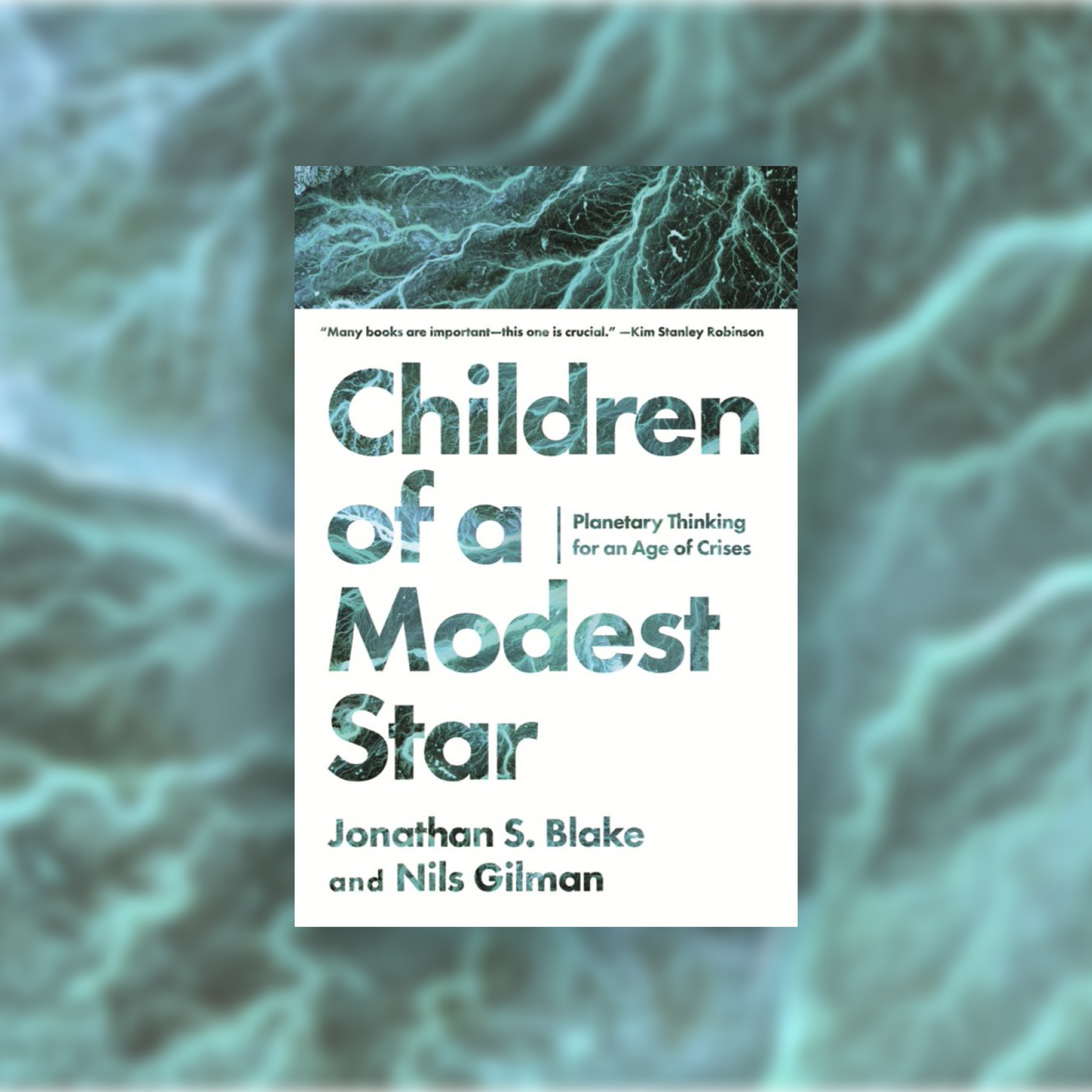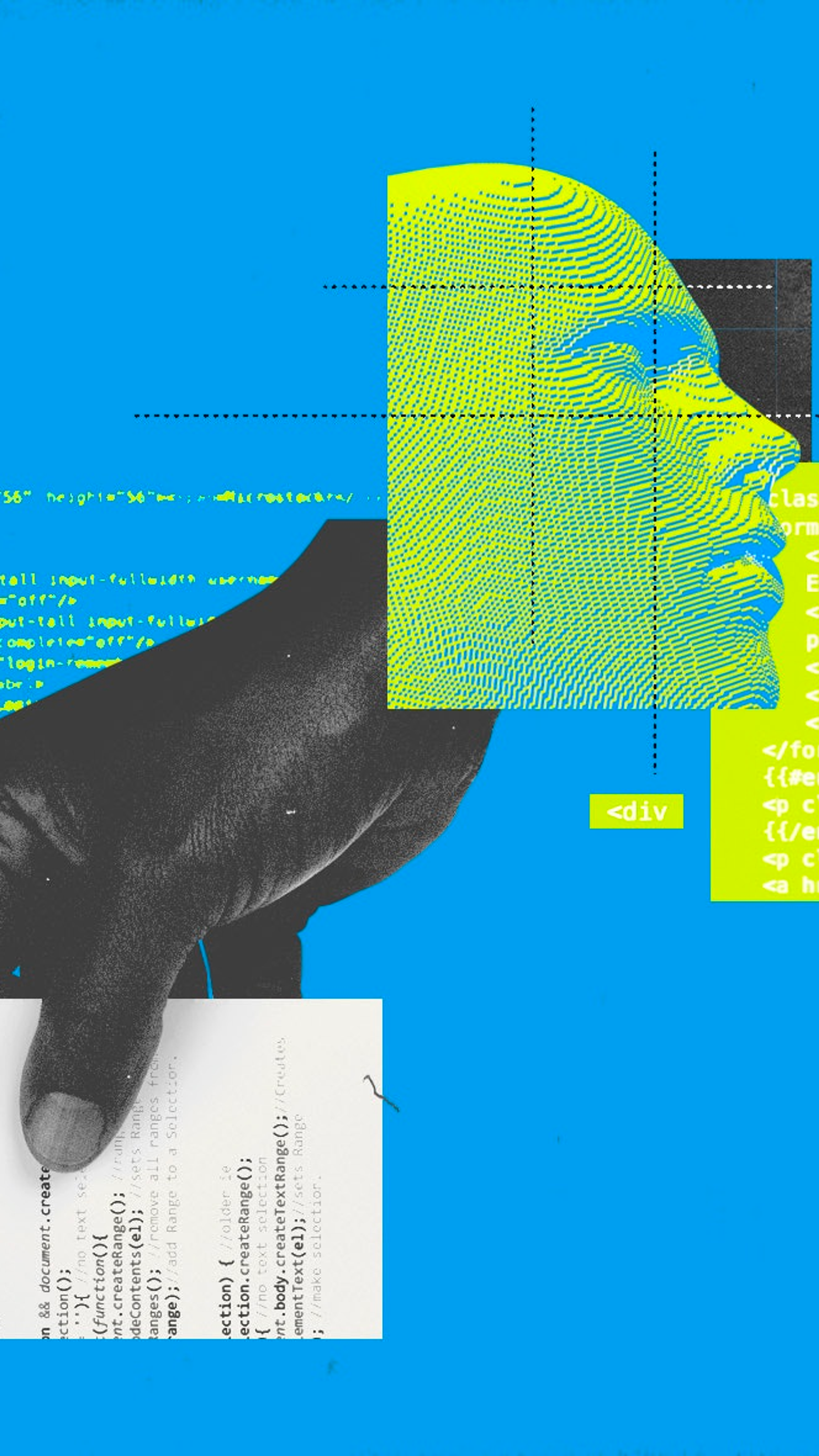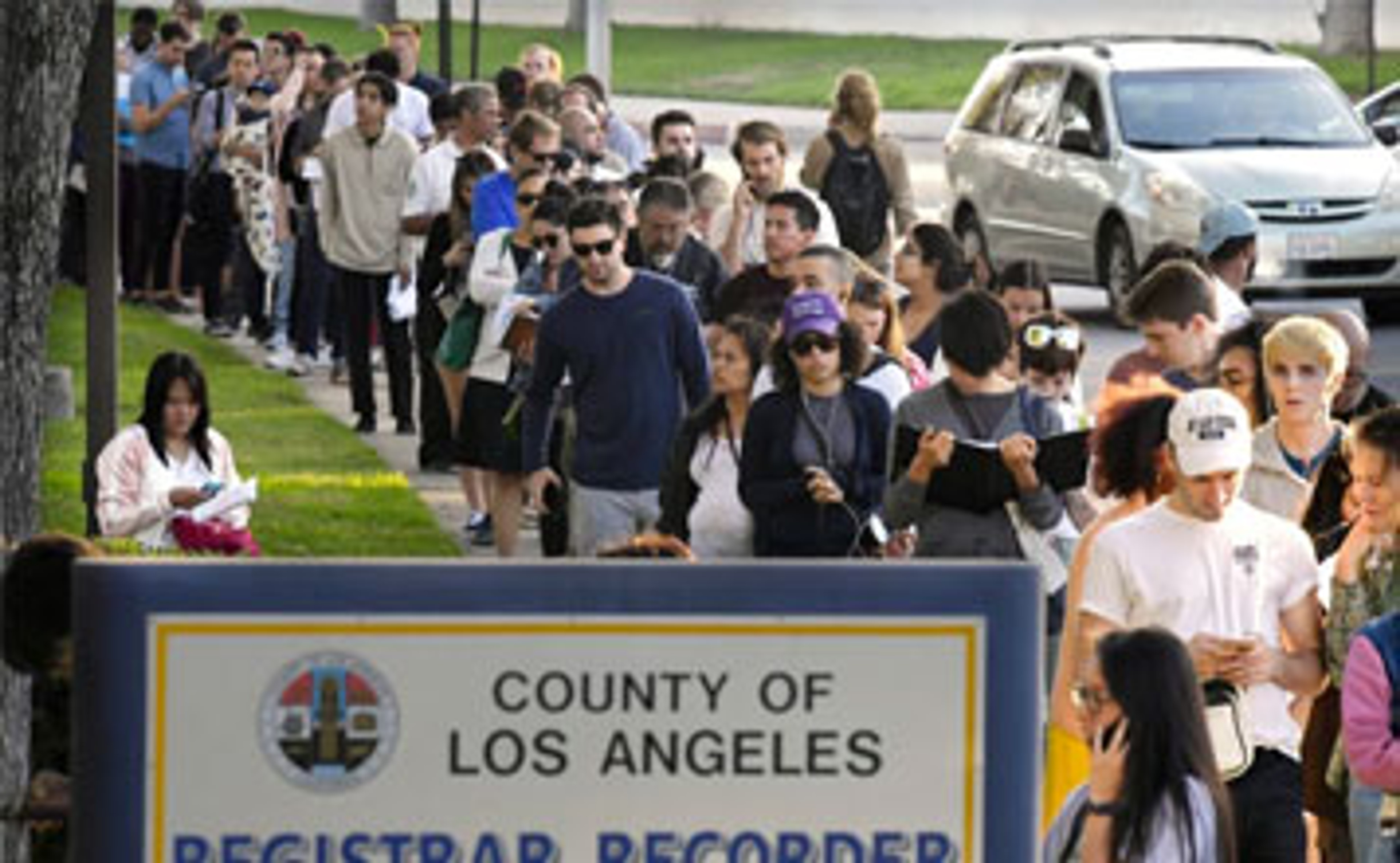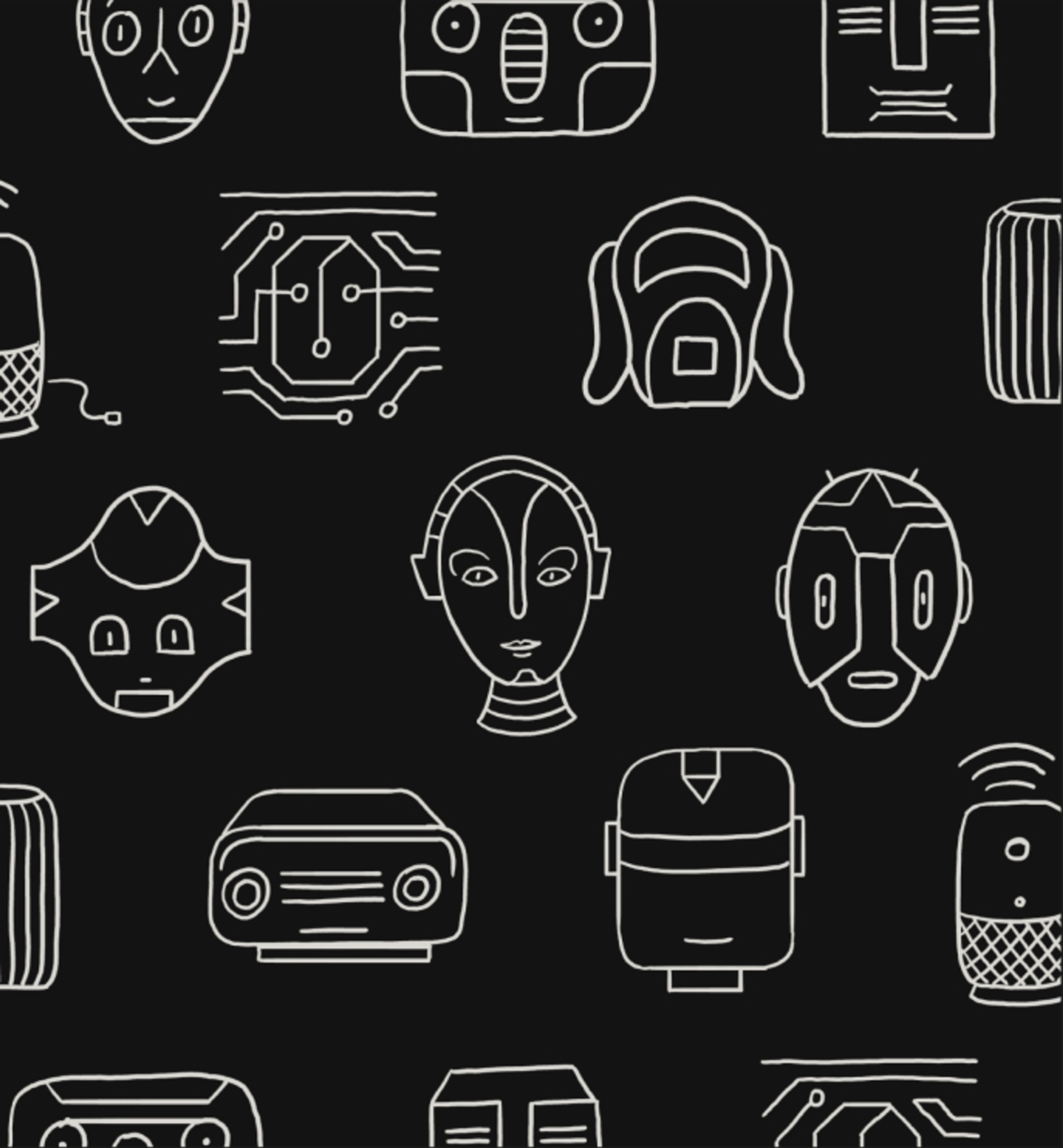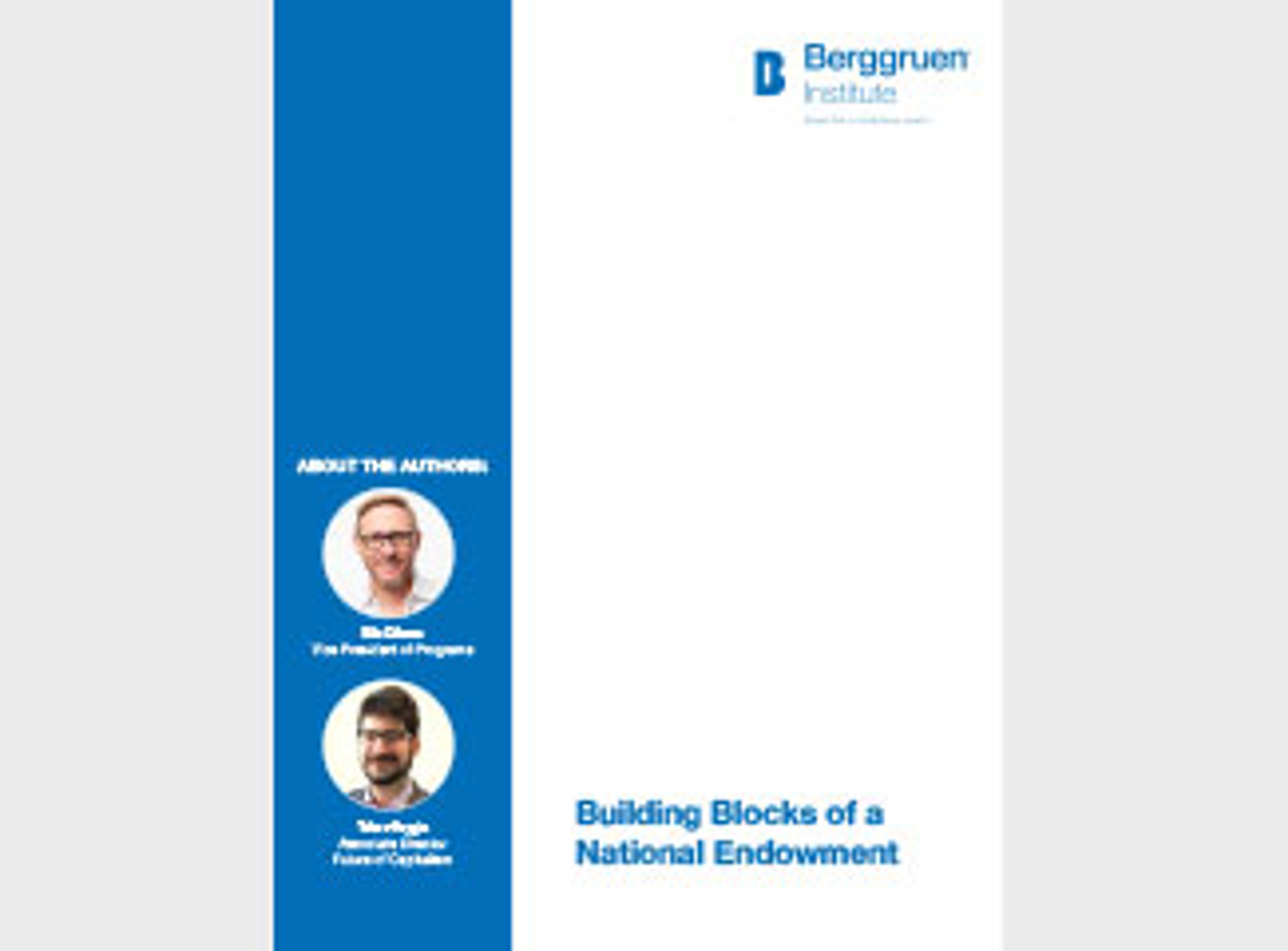Nils Gilman
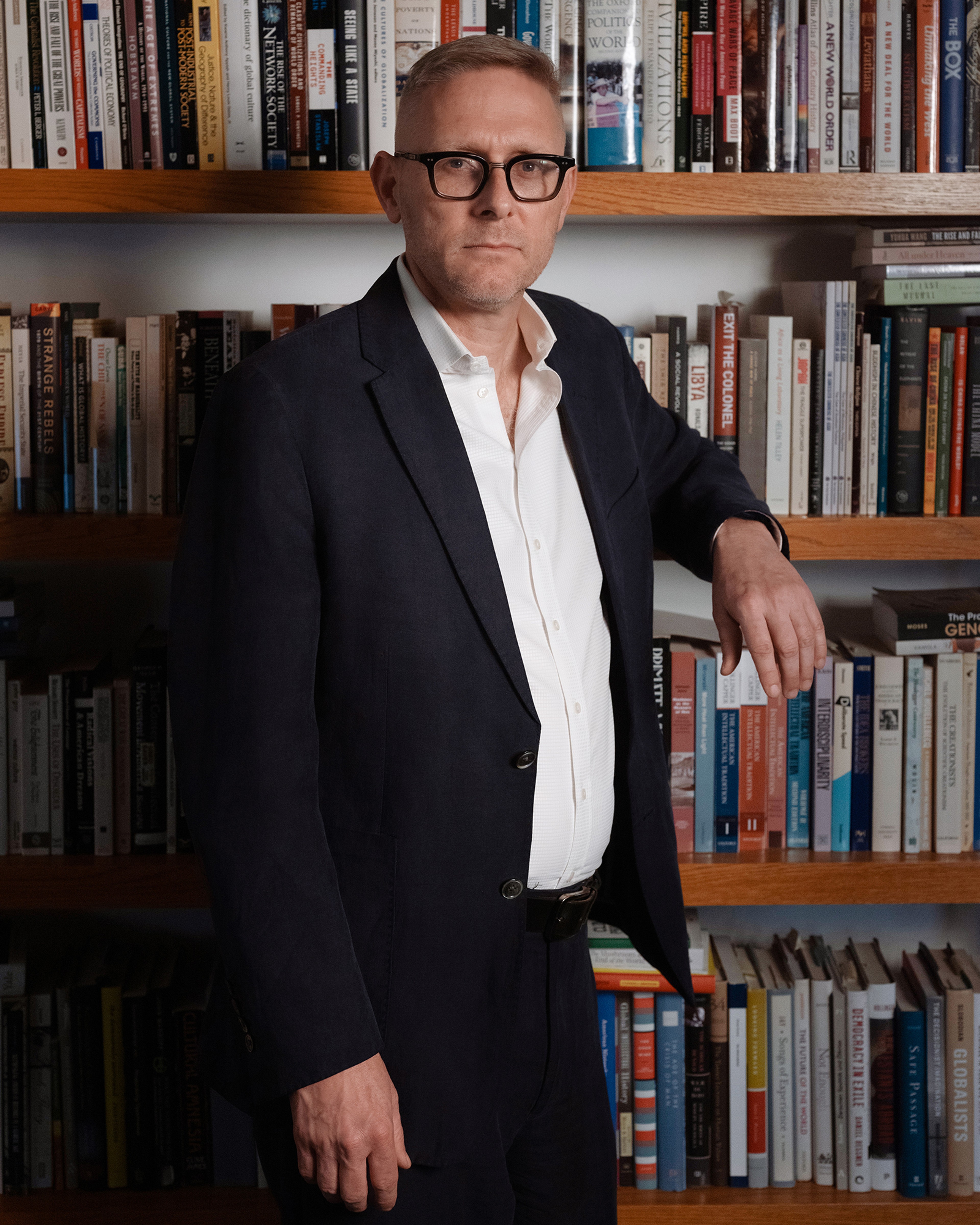
Nils Gilman is the Chief Operating Officer and Executive Vice President at the Berggruen Institute, in which capacity he directs the day-to-day activities of the Institute, leads its research program, and serves as Deputy Editor of Noema Magazine. He has previously worked as Associate Chancellor at the University of California, Berkeley, as Research Director and scenario planner at the Monitor Group and Global Business Network, and at various enterprise software companies including Salesforce.com. He is the author of Mandarins of the Future: Modernization Theory in Cold War America (2004), Deviant Globalization: Black Market Economy in the 21st Century (2011), and the forthcoming Children of a Modest Star: Planetary Thinking for an Age of Crises (2024). He holds a Bachelors, Masters, and Doctorate in History from U.C. Berkeley.
